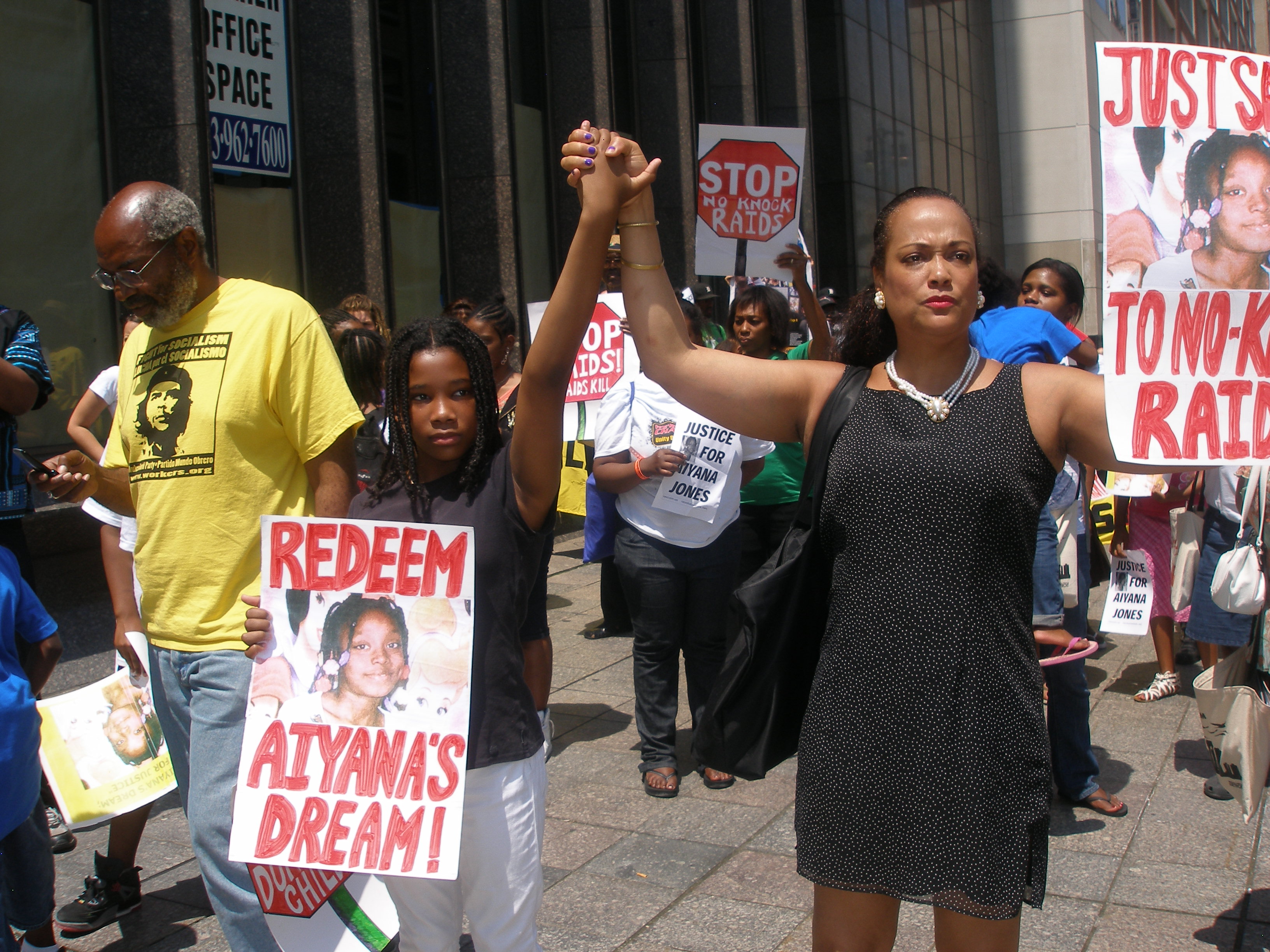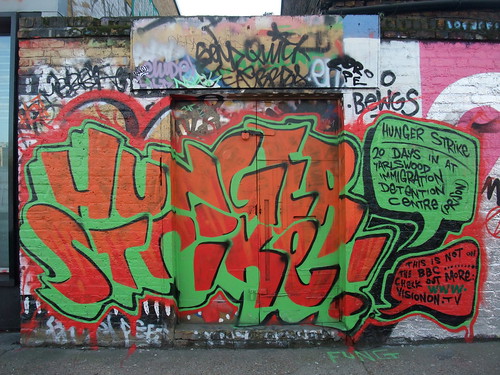
On February 4, 2006, almost five years ago, Zoliswa Nkonyana, “a young Khayelitsha lesbian”, was chased by a group of 20 or so young men. When they caught up with her, they clubbed, kicked and beat her to death. They tortured her to death for being lesbian, for being openly lesbian, for being a woman, for being.
It took two weeks for the news of her brutal murder to finally reach the media. The police didn’t make much of the death or its circumstances. The press in Khayelitsha, five years ago as today, is marked largely by its absence. It was `just another murder.’
Five years later, the case is still open, the trial is not yet finalized. Memorials will take place, no doubt, protests and commemorations.
Yesterday, January 26, 2011, gay rights activist David Kisule Kato was brutally murdered in Mukono, Kampala, Uganda. Kato was the advocacy officer for Sexual Minorities Uganda. Along with Julian Pepe Onziema and Kasha Jacqueline, Kato had recently won a case against Rolling Stone, restraining it from publishing photos and names of gay men and lesbian women. The High Court ruled that the tabloid violated the rights to privacy and safety. This time the news of the murder spread quickly. The Kampala police claimed, almost immediately, that they’re on the case.
In both instances, and so many others, the assault is on the right to public being, the right to access as gay men and lesbian women, to public spaces, to common and shared experiences, to mutual recognition.
Brenda Namigadde is a woman from Uganda. She fled Uganda in 2003 after her house was destroyed and her life was threatened … because her life partner was a woman. Namigadde fled to the United Kingdom, where she sought asylum. She was turned down, because of insufficient proof of `being lesbian’. Now Namigadde sits in Yarl’s Wood, and awaits, in terror, to be deported to Uganda.
One way to honor the memory of Zoliswa Nkonyana, of David Kato, of all the other gay men and lesbian women who have been brutalized, tortured, murdered, for the sin of being gay in public, for the sin of sharing their love in the common and shared spaces, is to make sure that Brenda Namigadde and other gay and lesbian asylum seekers are not transported back to the House of Death. If not, then Zoliswa Nkonyana, David Kato, and all the others, they’re just another murder.
(Mosaic of Zoliswa Nkonyana by Ziyanda Majozi. Thanks to inkanyiso.org)






